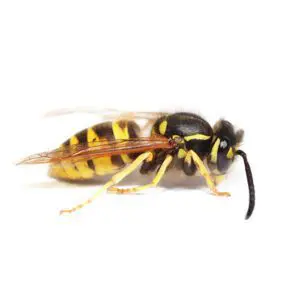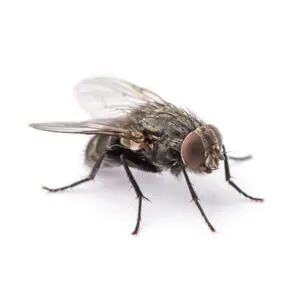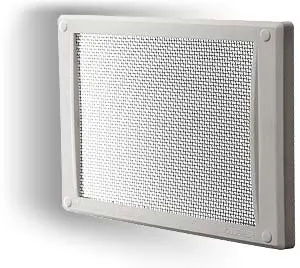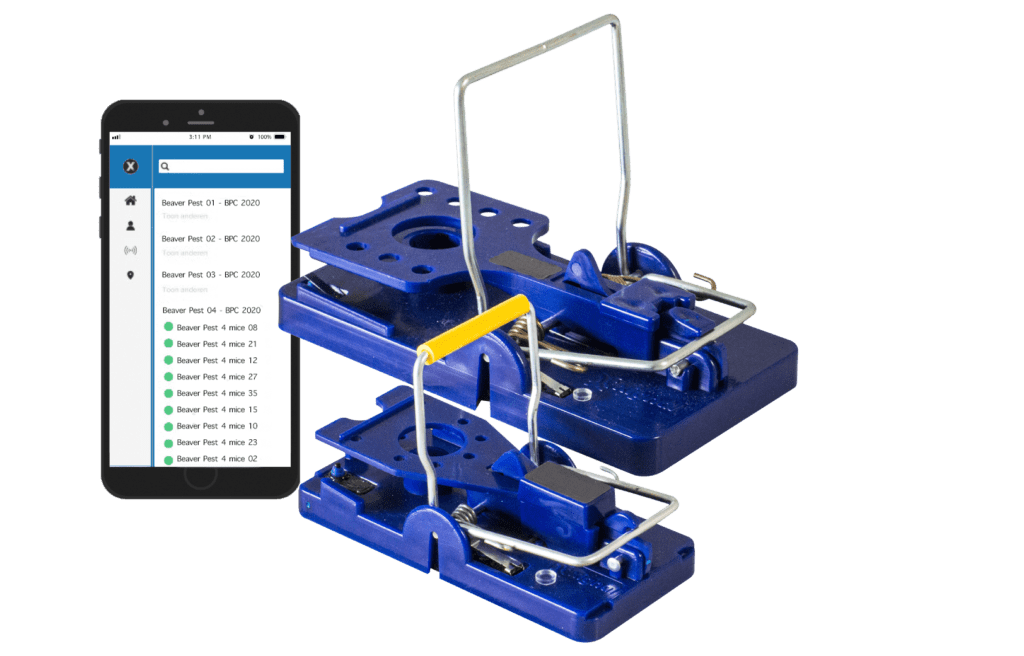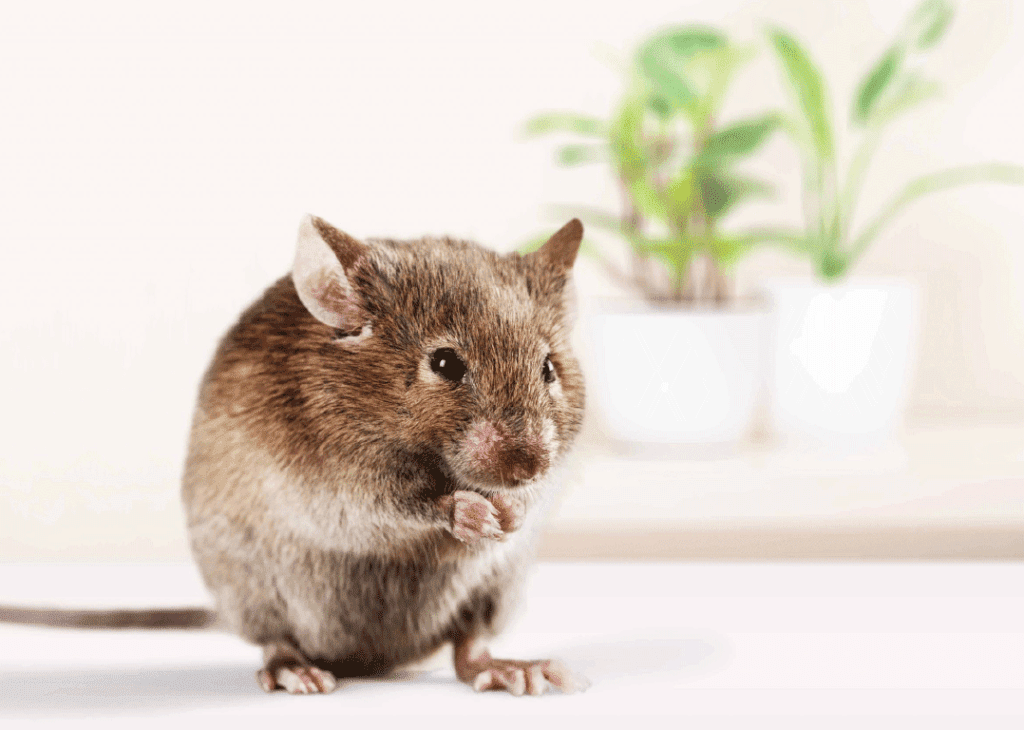Mice in Walls: Signs You’ve Got Unwelcome Visitors and What to Do
Hearing scratching in the walls at night? Noticing strange sounds behind plasterboard or skirting boards? You might be dealing with mice in your walls — a common but unsettling issue for both homeowners and businesses across London.
At Beaver Pest Control, we help customers across London and the South East identify and eliminate mice infestations quickly and safely. Here’s how to tell if you have mice in your walls, and what steps to take next.
Common Signs of Mice in Your Walls
If you’re wondering what are the signs of mice in walls, look (and listen) for the following clues:
1. Scratching or Scurrying Noises
The most obvious sign is the sound of movement — especially at night. Mice are nocturnal and tend to be most active when it’s quiet. You might hear:
- Light tapping or scratching
- Scuttling or running noises
- Gnawing sounds
2. Unpleasant Smells
A strong musky odour is a telltale sign of rodent urine or droppings, often trapped within cavity walls or insulation.
3. Droppings and Grease Marks
Mice can sometimes squeeze out from small cracks to forage. If you notice tiny droppings (about the size of a grain of rice) or dark smudges near holes, you may have mice in your walls.
4. Damage to Wires or Plaster
Mice love to chew — and your electrical wiring and plasterboard are no exception. If you notice unexplained damage, particularly in corners or behind furniture, this could be a red flag.
Why Are There Mice in Your Walls?
London’s dense urban layout, older buildings, and frequent renovations create the perfect network of entry points and hiding spots for mice. Common access routes include:
- Gaps around pipework or vents
- Cracks in brickwork or foundations
- Entry from neighbouring properties
- Broken or faulty drain systems
What to Do if You Suspect Mice in Your Walls
✅ Don’t Ignore the Problem
Mice reproduce quickly — so even a small problem can become a full-blown infestation in a matter of weeks.
✅ Call in the Experts
At Beaver Pest Control, our BPCA-certified technicians use advanced techniques such as:
- Non-invasive wall cavity inspections
- Bait stations and trapping methods
- Entry point proofing and drain surveys
- Advice on how to prevent re-infestation
Need Help With Mice in Walls?
Whether you’re dealing with mice in walls in a London flat or a nationwide commercial property, Beaver Pest Control can help. Our discreet and effective service ensures your pest problem is handled fast — with long-term prevention in mind.














